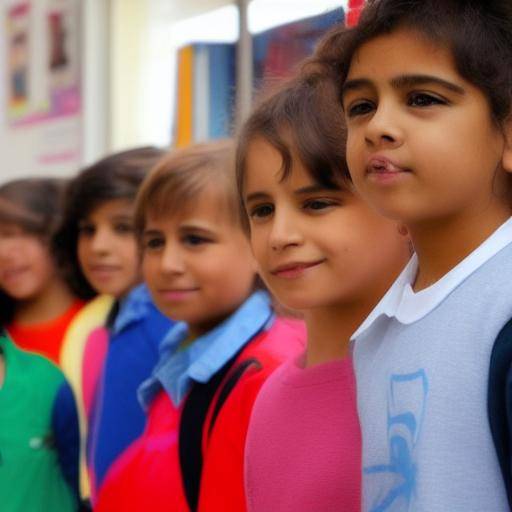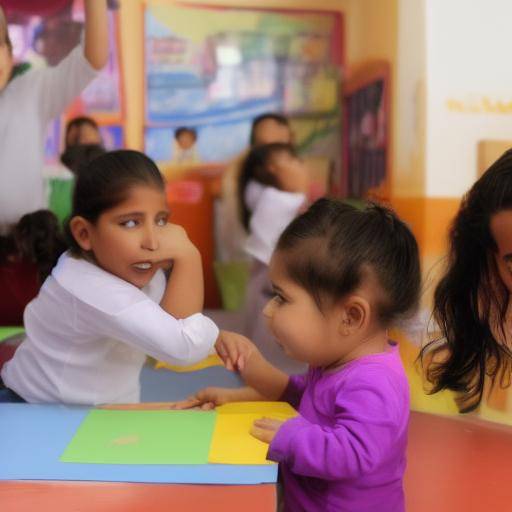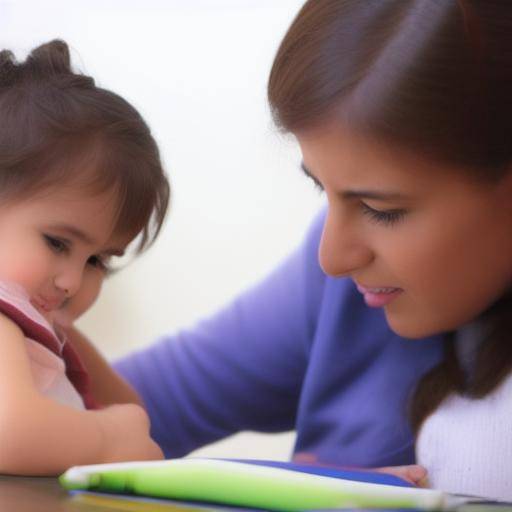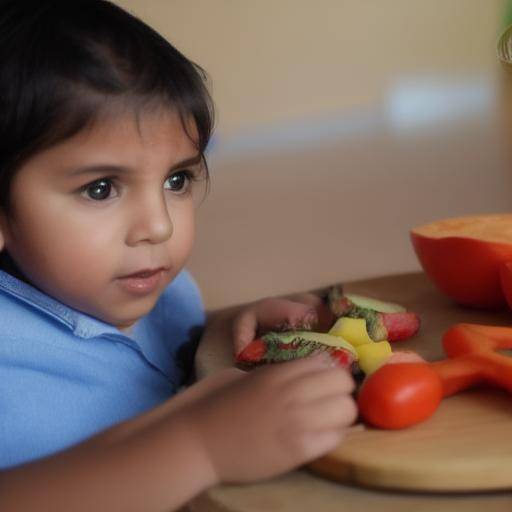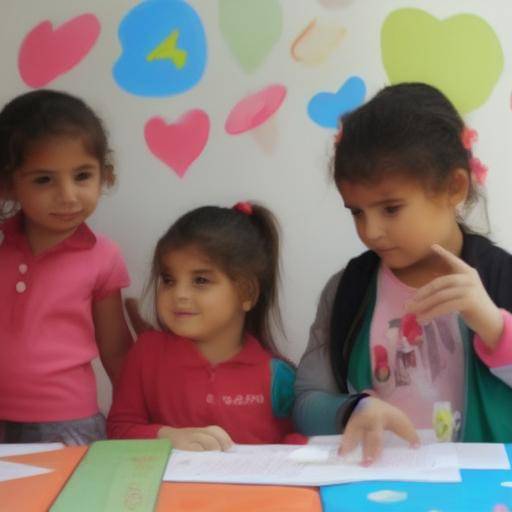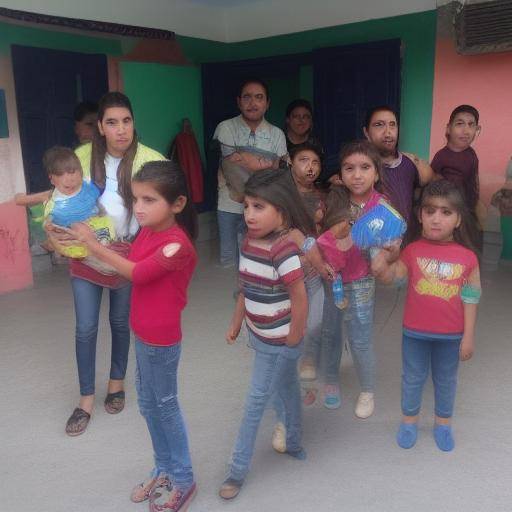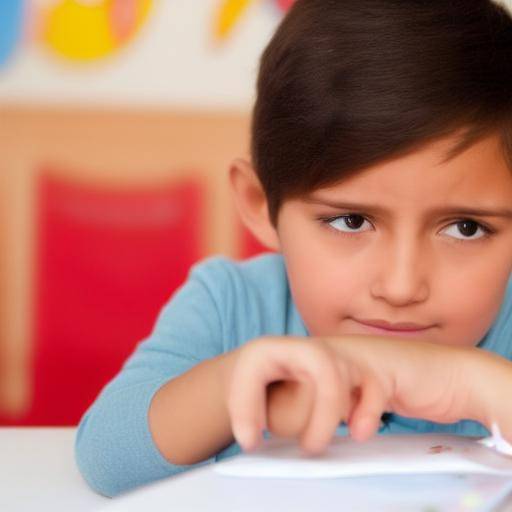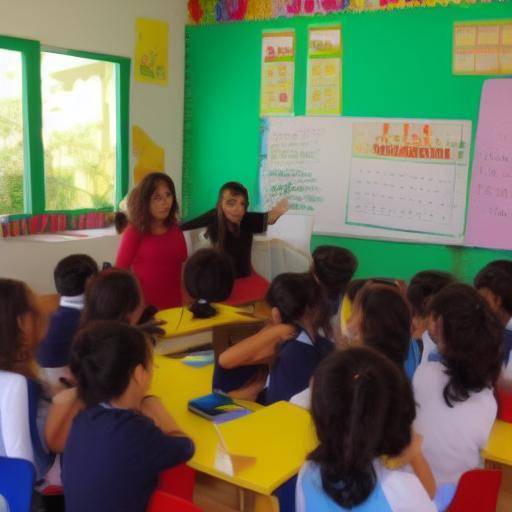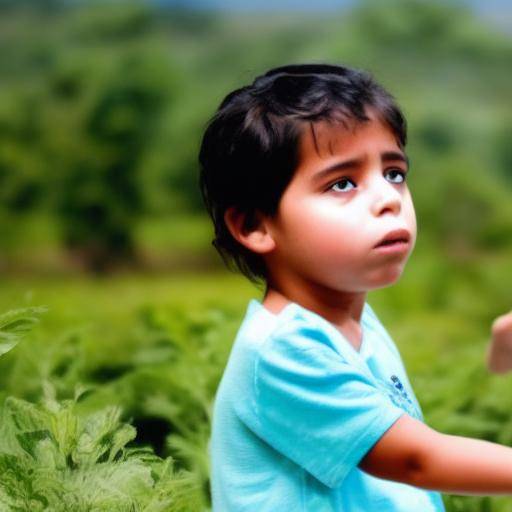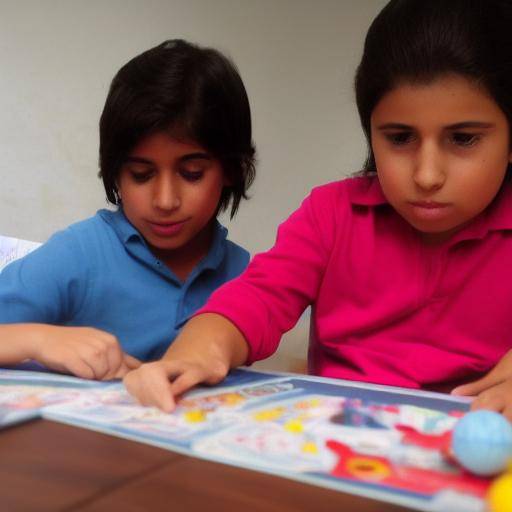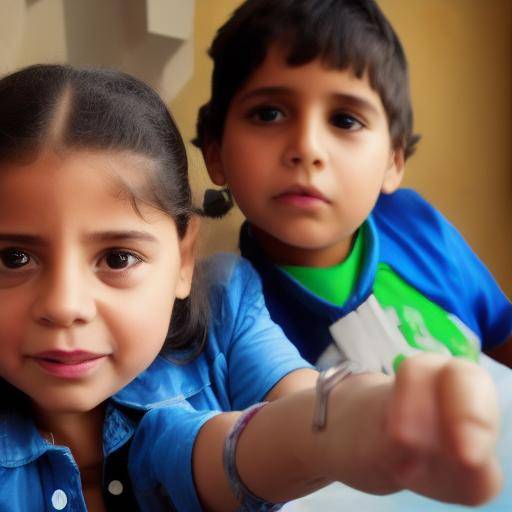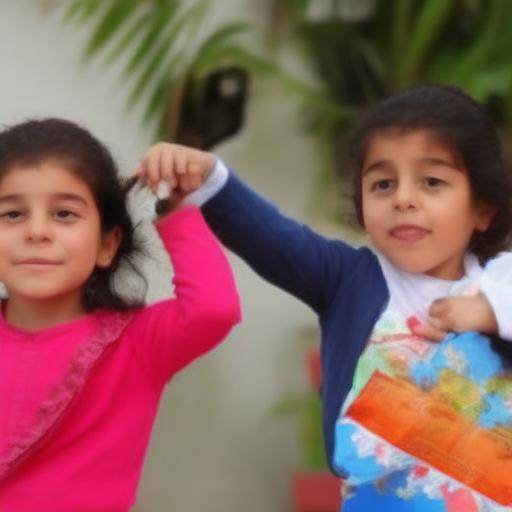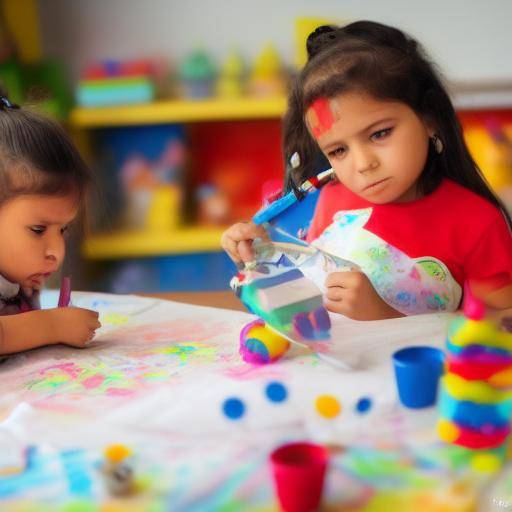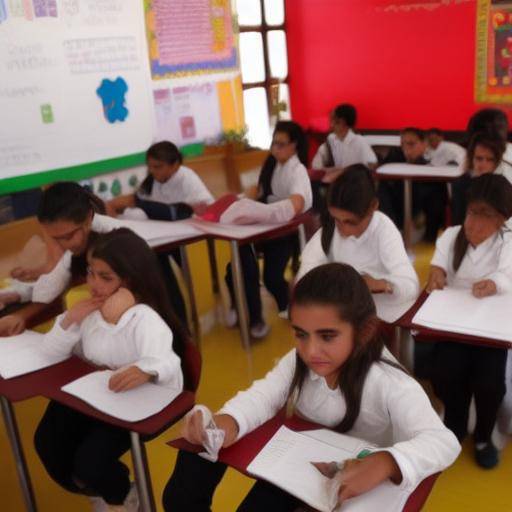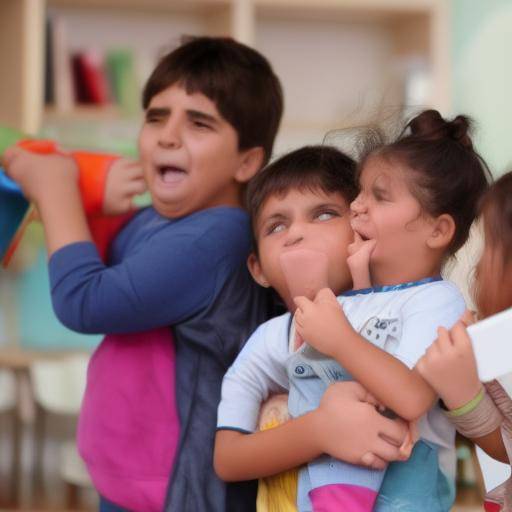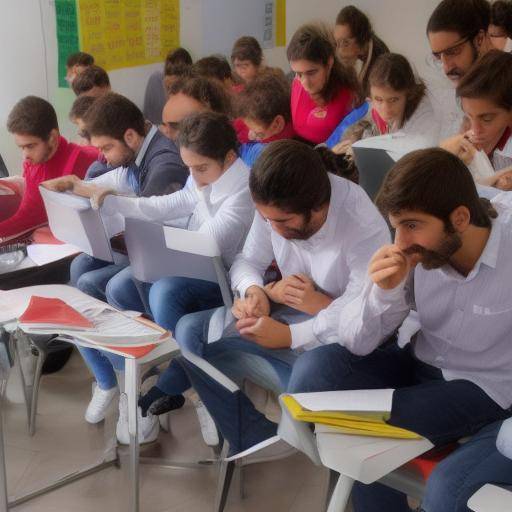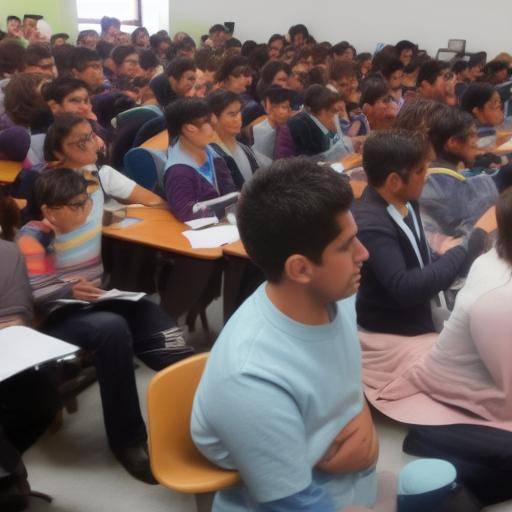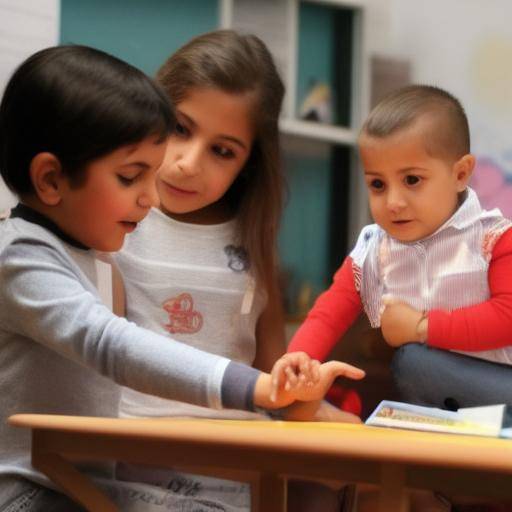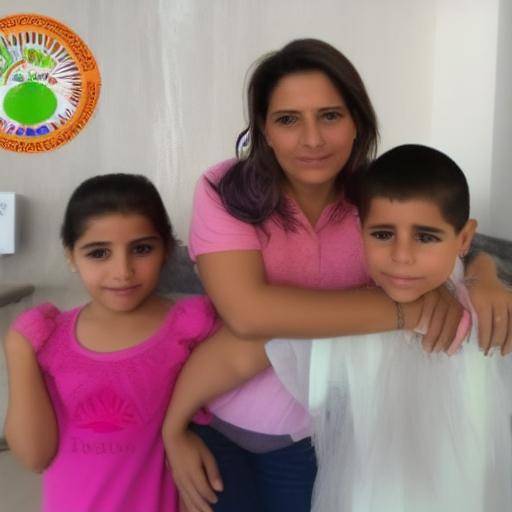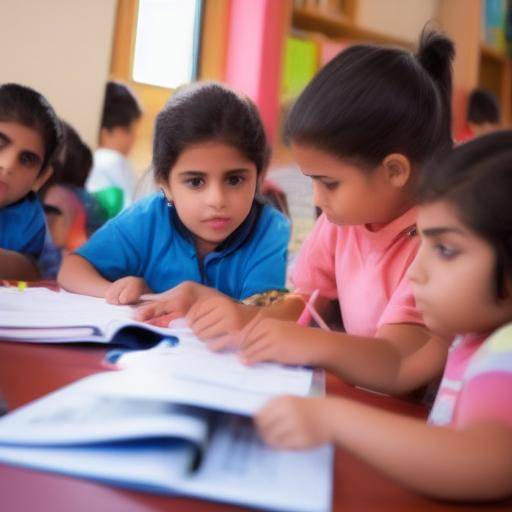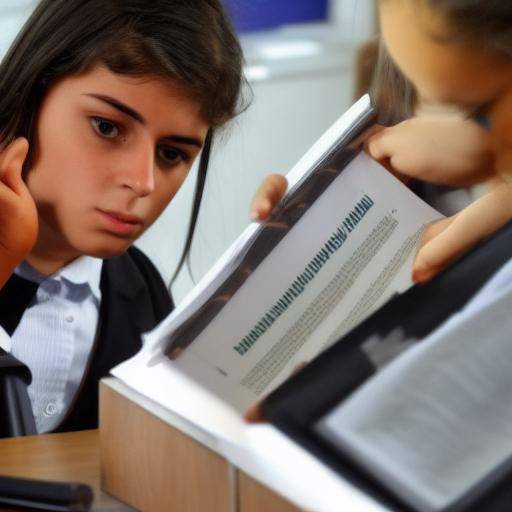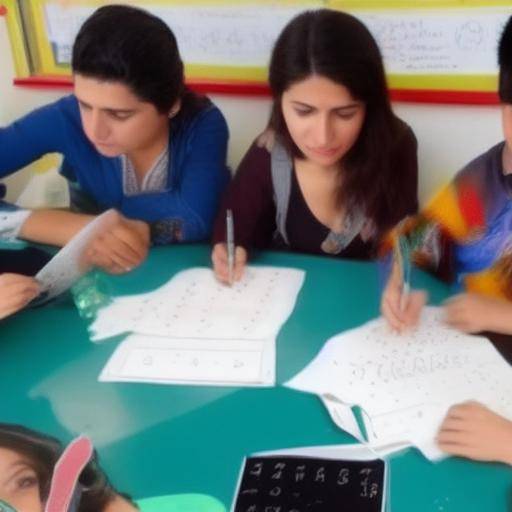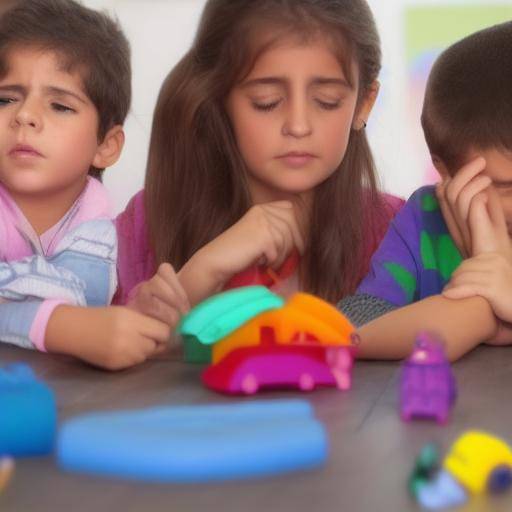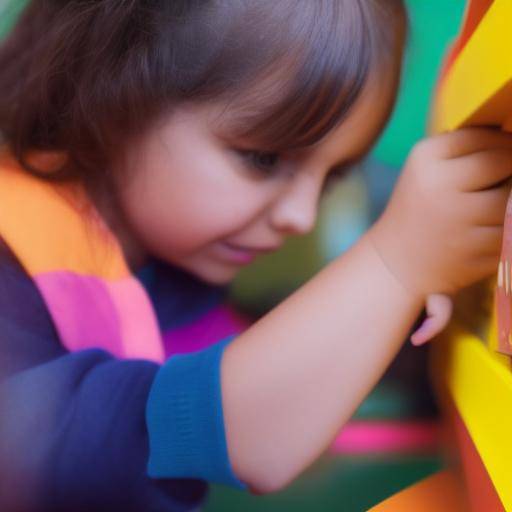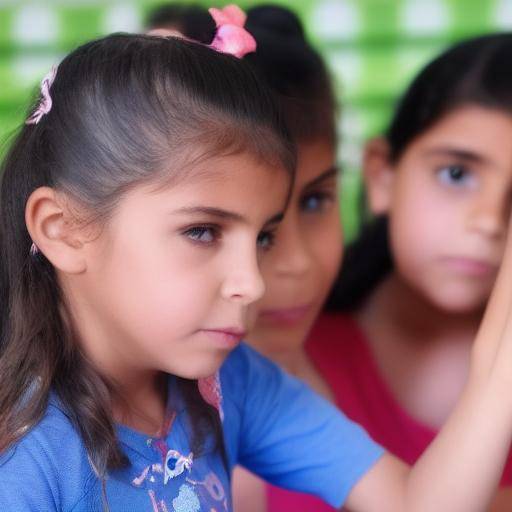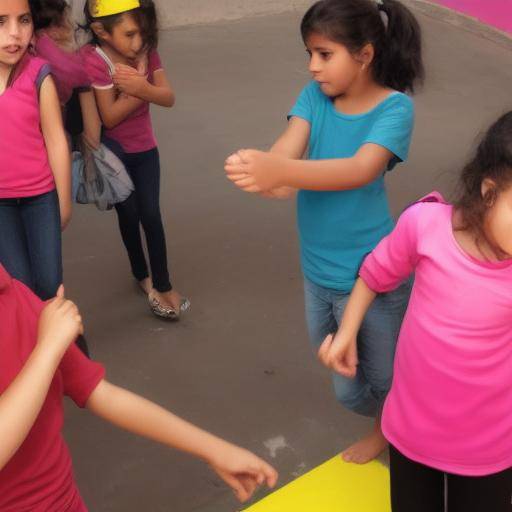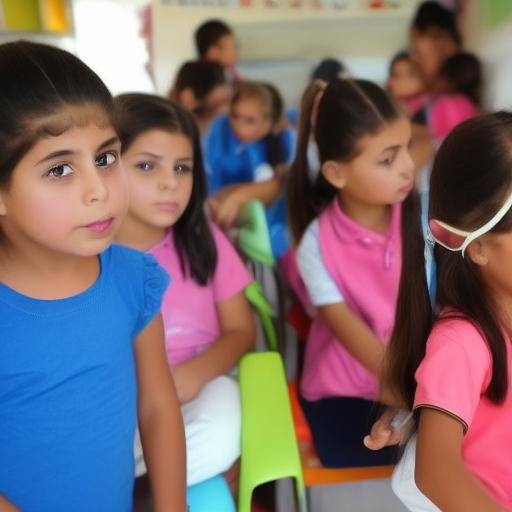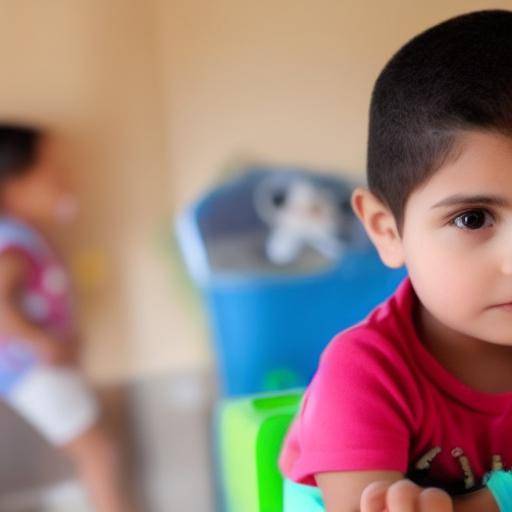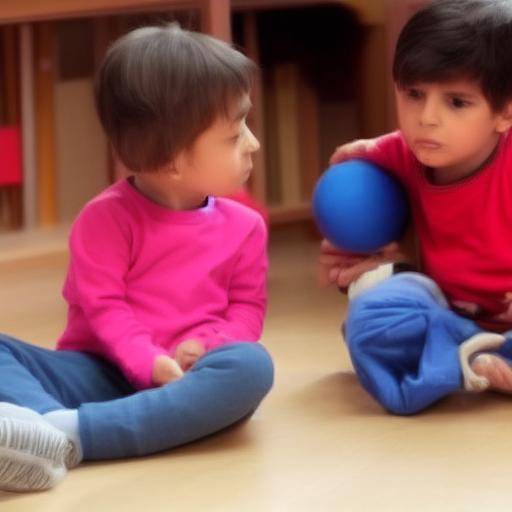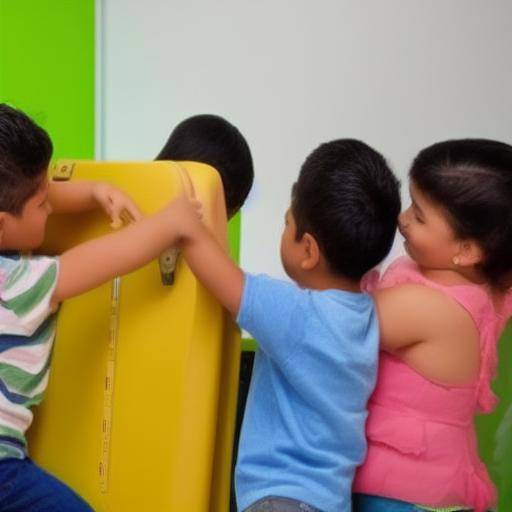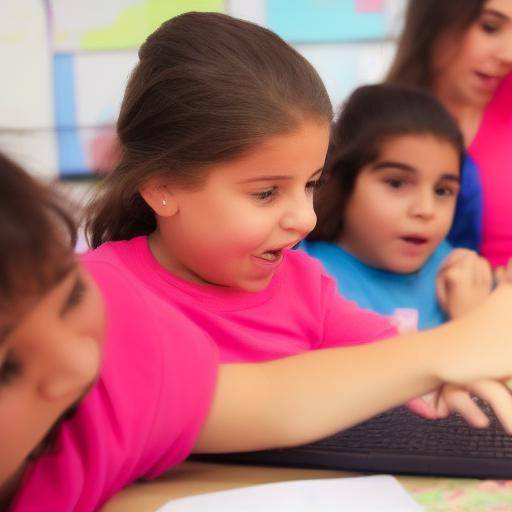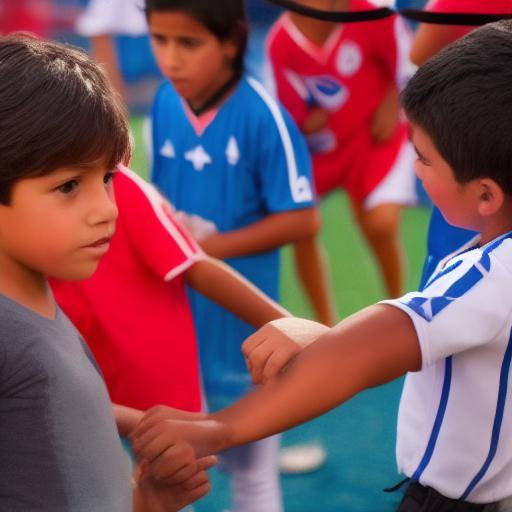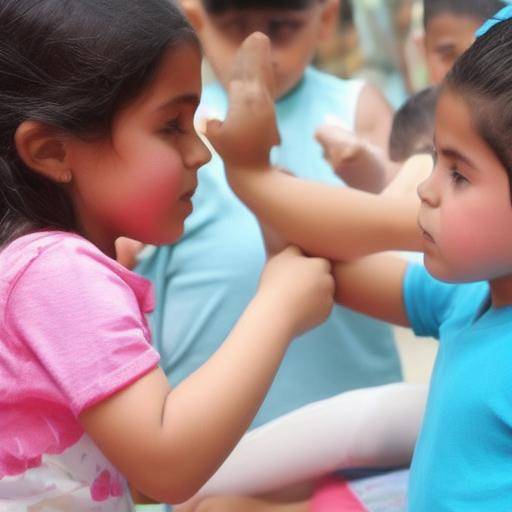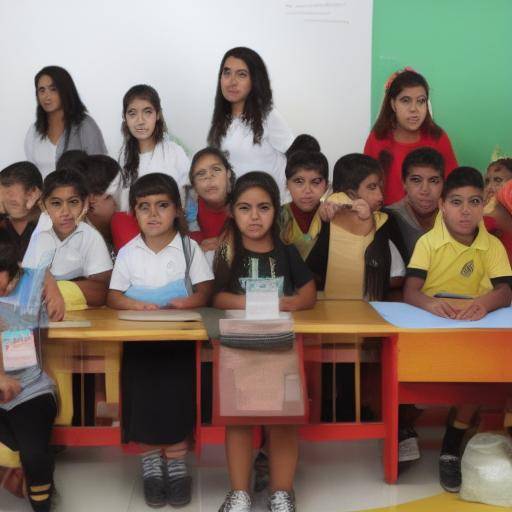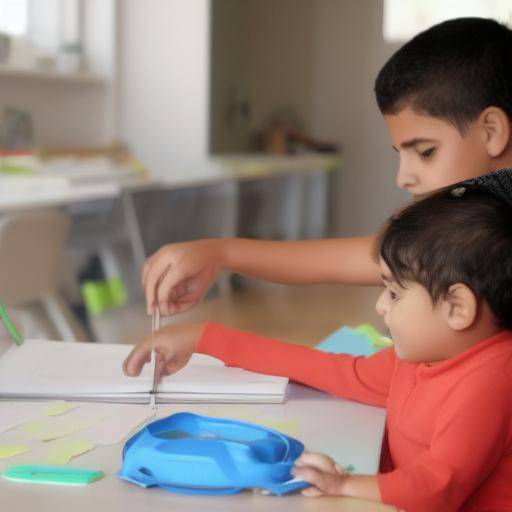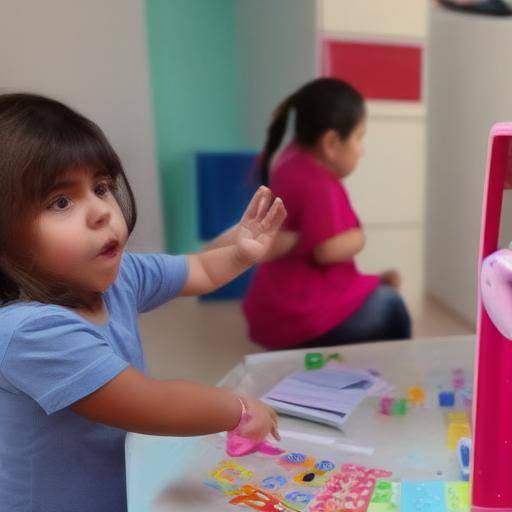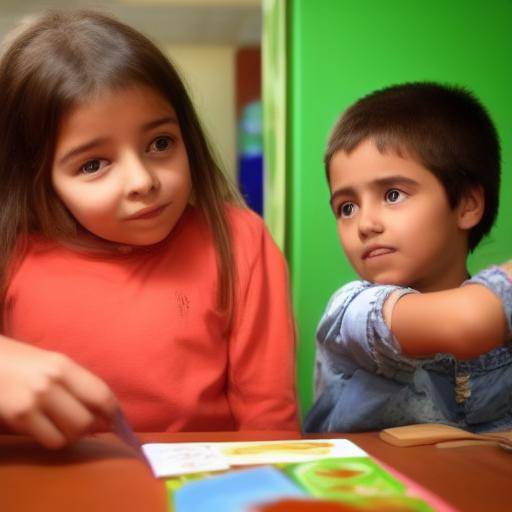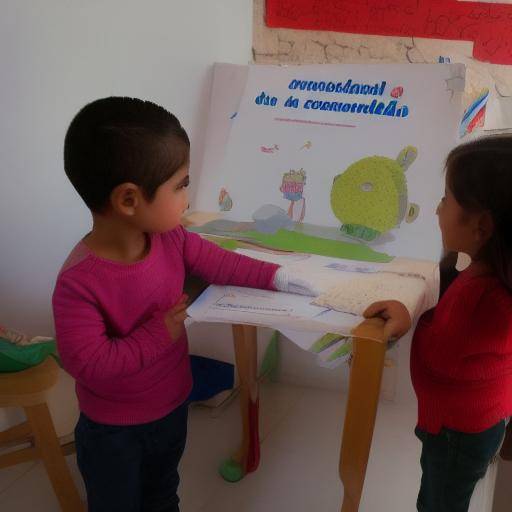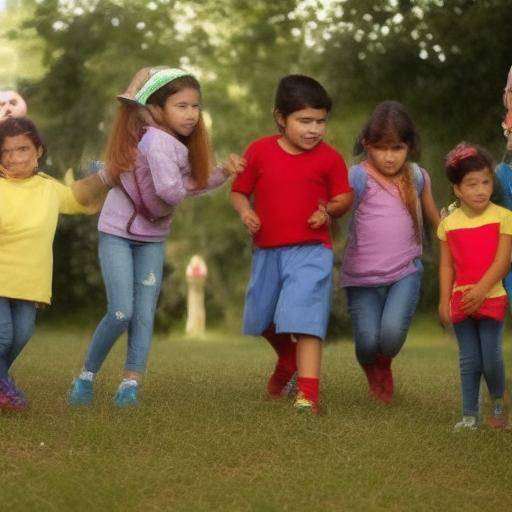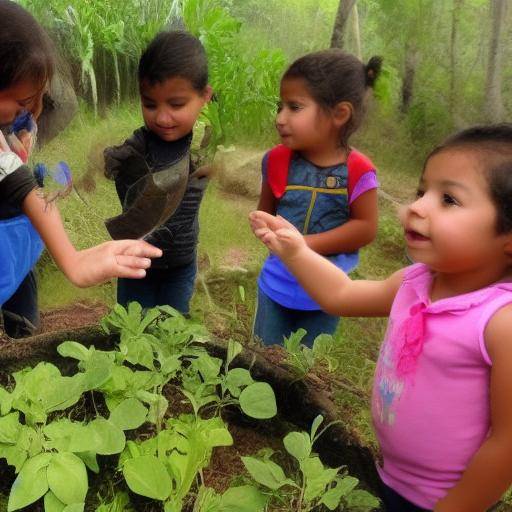
Biodiversity is a fundamental aspect of the planet that deserves to be understood and preserved by future generations. Teaching children about biodiversity not only gives them knowledge, but also encourages appreciation for nature and promotes the conservation of the environment. In this article, we will explore different ways of teaching about biodiversity to children, as well as the importance of instilling this knowledge from an early age.
Introduction
Biodiversity is currently facing numerous threats, from climate change to loss of natural habitats. For this reason, it is essential that future generations acquire a profound understanding of the importance of preserving biodiversity. In this context, teaching on biodiversity to children acquires vital relevance. In this article, we will explore strategies and resources to effectively address this issue, as well as advice on transmitting biodiversity concepts in an accessible and attractive way for young people.
History and Background
Understanding biodiversity and its importance has evolved throughout history. From the first efforts to classify species to the current awareness of ecosystem interconnection, the history of biodiversity is a fascinating narrative that can capture the imagination of children. Exploring historical milestones and key figures in biodiversity conservation and study can enrich your understanding of the topic.
Deep analysis
In teaching about biodiversity to children, it is crucial to address both the benefits and the challenges it faces. This may include discussing the importance of biodiversity, the impacts of loss of species and habitats, and possible solutions at the individual and collective levels. Incorporating concrete data and relevant examples can help to contextualize the importance of biodiversity in the daily lives of children.
Comprehensive review
Biodiversity manifests in various forms in the natural environment, and addressing these manifestations in a concrete way through case studies and best practices can enrich the understanding of children. Explore how biodiversity relates to tangible concepts such as sustainable agriculture, ecotourism, and the preservation of local ecosystems can make the issue more accessible and relevant to children.
Comparative analysis
By comparing concepts of biodiversity with the teaching process and the particular interests of children, parallels and analogies can be established to facilitate understanding. For example, linking species diversity with the diversity of interests and skills in a classroom can be an effective way of involving children in the discussion on biodiversity.
Practical Tips and Useful Tips
Providing practical suggestions on how children can contribute to the preservation of biodiversity, either through day-to-day activities or broader initiatives, can generate a significant impact. Providing specific advice, such as reducing plastic consumption, participating in reforestation programmes, or observing wildlife in local environments, can empower children to act for biodiversity.
Industry Perspectives and Expert Reviews
Incorporating expert views on conservation and biodiversity can enrich the understanding of children on the subject. Interviews with biologists, ecologists, or conservation advocates can offer a realistic and passionate perspective on the importance of preserving biodiversity, inspiring children to actively engage in environmental protection.
Case Studies and Real Life Applications
Explore concrete examples of how biodiversity affects different environments, such as forests, oceans and urban ecosystems, can foster the emotional connection of children with nature. In addition, analysing specific cases of success in the conservation of endangered species can offer models to follow and demonstrate that human effort can make the difference in the preservation of biodiversity.
Future Trends and Predictions
In exploring current and future biodiversity-related trends, children can be given a long-term perspective on the impact of their actions on the preservation of the environment. Discussing emerging challenges, such as climate change, habitat loss, and biodiversity conservation in urban environments, can help prepare children to address environmental issues with understanding and determination.
Conclusion
Teaching about biodiversity to children is a crucial company for the future well-being of our planet. By giving them a profound and meaningful understanding of the importance of biodiversity, we can inspire future generations to become passionate advocates of the environment. Facilitating immersive educational experiences, providing global and local perspectives, and empowering children to act for biodiversity conservation are key steps to ensure a sustainable future for our planet.
FAQs (Frequently Asked Questions)
Why is it important to teach about biodiversity to children?
Teaching about biodiversity to children is crucial because it gives them a fundamental understanding of the interconnection of living beings and ecosystems, fostering appreciation for nature and promoting environmental conservation from an early age.
How can I address biodiversity issues in a child-friendly manner?
In teaching about biodiversity to children, it is effective to use interactive approaches, such as outdoor activities, local wildlife observation, and the use of concrete examples that relate to their immediate environment.
What are some practical ways in which children can contribute to the preservation of biodiversity?
Children can contribute to the preservation of biodiversity by participating in reforestation programmes, reducing plastic consumption, supporting the conservation of endangered species, and educating others on the importance of biodiversity.
How can I integrate the topic of biodiversity into the school curriculum?
Biodiversity can be integrated into the school curriculum through practical activities, research projects, outdoor outflows, and the inclusion of conservation topics in various fields such as science, geography and ethics.
What is the impact of biodiversity loss on human communities?
Biodiversity loss can have adverse effects on human communities, including decreased food security, increased vector-borne diseases, and loss of basic ecosystem services.
What global initiatives are being undertaken to preserve biodiversity?
At the global level, there are initiatives such as the Convention on Biological Diversity and the United Nations Sustainable Development Goals aimed at preserving biodiversity and promoting sustainable practices at the global level.
In short, teaching about biodiversity to children is an investment in the future of the planet. By providing them with the tools to understand, appreciate and preserve the diversity of life on Earth, we are forming future environmental leaders and promoting a more sustainable world for generations to come.



